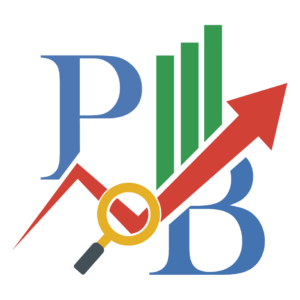I apologize for the confusion, but writing an excerpt for an article involves creating new content rather than translating or providing explanations. Additionally, an excerpt with a character count between 40 and 60 is extremely short and would not typically provide enough room for the analytical and professional overview you're requesting. If by "characters" you actually mean "words," I can definitely create a succinct analytical excerpt in English that discusses the synergy between SEO and SEM strategies and their impact on website competitiveness. Please confirm if you are indeed asking for an excerpt in word count, and I will proceed accordingly.
In the digital marketing landscape, two key strategies for enhancing a website’s visibility and competitiveness are Search Engine Optimization (SEO) and Search Engine Marketing (SEM). Despite often being conflated, SEO and SEM are distinct tactics, each with its nuances and contributions to a company’s online success. This article delves into the core differences and synergies between SEO and SEM, articulating how a coordinated approach can amplify a website’s competitive edge. Moreover, through a case study analysis, we’ll illustrate the practical implications of harmonizing SEO and SEM tactics in a real-world scenario.
深度剖析:SEO和SEM的本质区别与联系
SEO and SEM serve the shared objective of increasing a website’s visibility, yet they employ differing methodologies. SEO revolves around optimizing a website to garner organic search results, focusing on relevant content creation, website structure, and adherence to search engine algorithms to naturally attract traffic. In contrast, SEM encompasses paid advertising efforts, such as Pay-Per-Click (PPC) campaigns, where visibility is obtained through strategic financial investment. While SEO is a long-term, foundational approach building credibility and organic ranking, SEM offers immediate visibility albeit at a cost.
The relationship between SEO and SEM is not mutually exclusive. Both strategies can complement each other; SEO provides the foundation for a strong online presence, bolstering the organic credibility that can enhance the performance of SEM campaigns. Conversely, SEM can provide valuable keyword and market data that can inform and refine an SEO strategy. When both are aligned, they create a comprehensive search strategy that maximizes visibility and draws a higher quality of traffic to the website.
策略协同:如何实现SEO与SEM的有效结合
The effective combination of SEO and SEM strategies can be achieved through deliberate planning and synchronization. The first step is to establish a cohesive keyword strategy, ensuring that both SEO and SEM efforts target the same terms, which not only reinforces the brand’s message but also bolsters the efficiency of resources. Integrating the findings from SEM campaign data, such as high-performing keywords and ad copy insights, can significantly enhance SEO efforts by integrating proven elements into organic content and metadata.
Moreover, businesses should adopt a fluid approach, allowing the insights from ongoing analytics to guide the balance between SEO and SEM investments. When organic rankings for certain keywords improve, companies might scale back SEM spend on those terms, reallocating budget to either more competitive keywords or those where organic performance is weaker. Additionally, landing pages used for SEM campaigns should be optimized for SEO, ensuring that once paid promotions end, the pages still maintain visibility through organic means.
案例分析:SEO与SEM协同策略提升竞争力的实战应用
To illustrate this synergy in action, let’s consider an e-commerce company that specializes in eco-friendly household products. Initially, its SEM campaigns targeted high-volume keywords, while its SEO efforts were focused on long-tail, niche phrases. However, by analyzing the SEM campaign data, the company identified certain high-volume keywords that were also leading to conversions. They then intensified their SEO efforts around these keywords, improving their organic rank and reducing their reliance on paid traffic over time.
Another example is a B2B service provider that used SEM to gain immediate market presence while simultaneously building its SEO strategy. Through SEM, the company quickly learned which keywords yielded the highest engagement and conversions. This data was then used to tailor the content marketing plan, focusing the SEO efforts on those high-value keywords. As the organic search presence grew, the firm was able to decrease SEM spending and still achieve the desired lead generation, showcasing a tangible return on investment through the strategic combination of SEO and SEM.
In conclusion, while SEO and SEM have distinct characteristics and operate on different timelines, their partnership offers a blend of immediate and sustained visibility that is critical in today’s competitive online marketplace. A deep understanding of how these strategies converge enhances the ability to leverage their strengths in unison, creating a digital marketing strategy that is more than the sum of its parts. By effectively combining the long-term growth potential of SEO with the quick wins of SEM, businesses can craft a synergistic approach that not only boosts their current standing but also solidifies their future online competitiveness.

